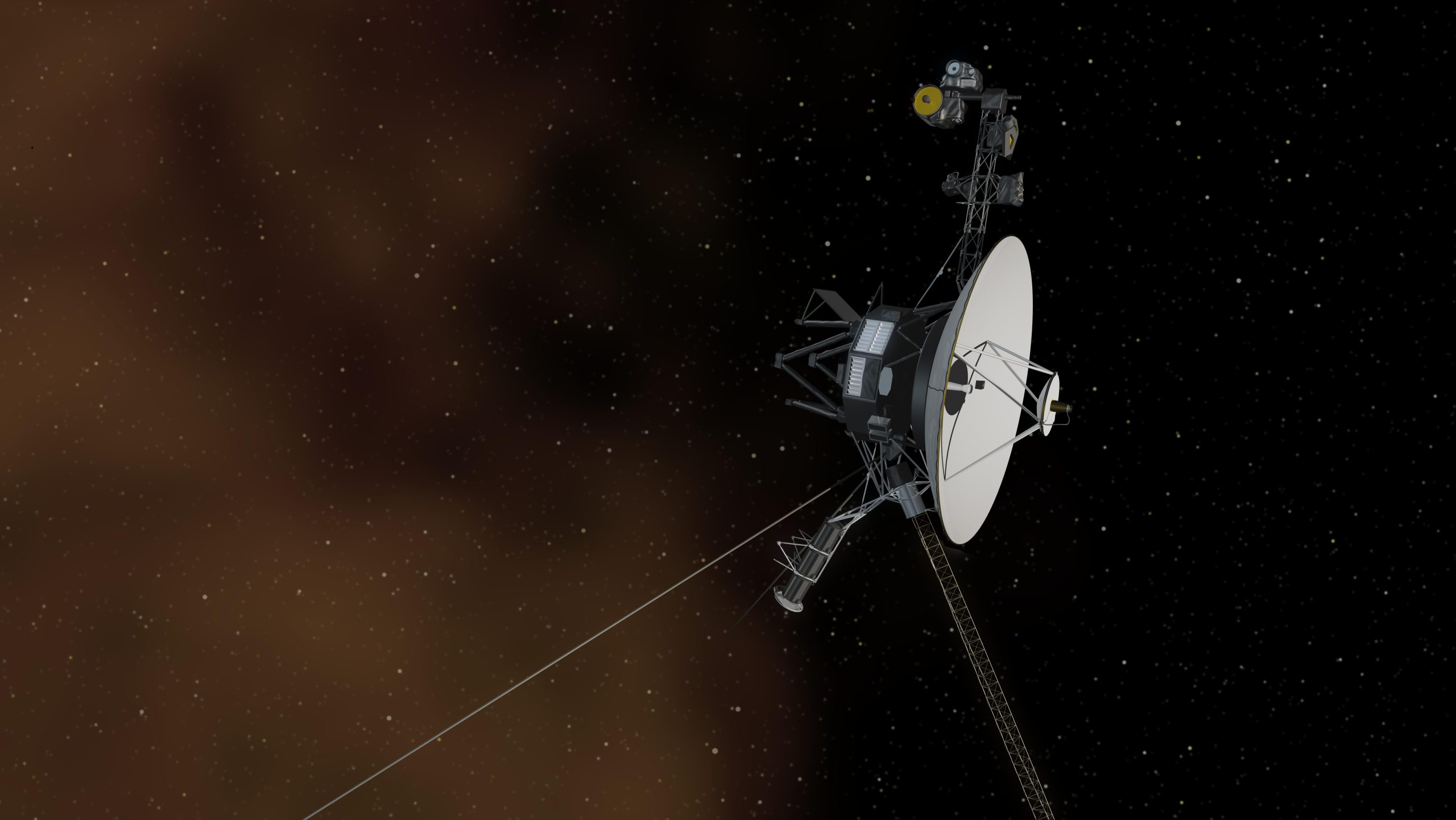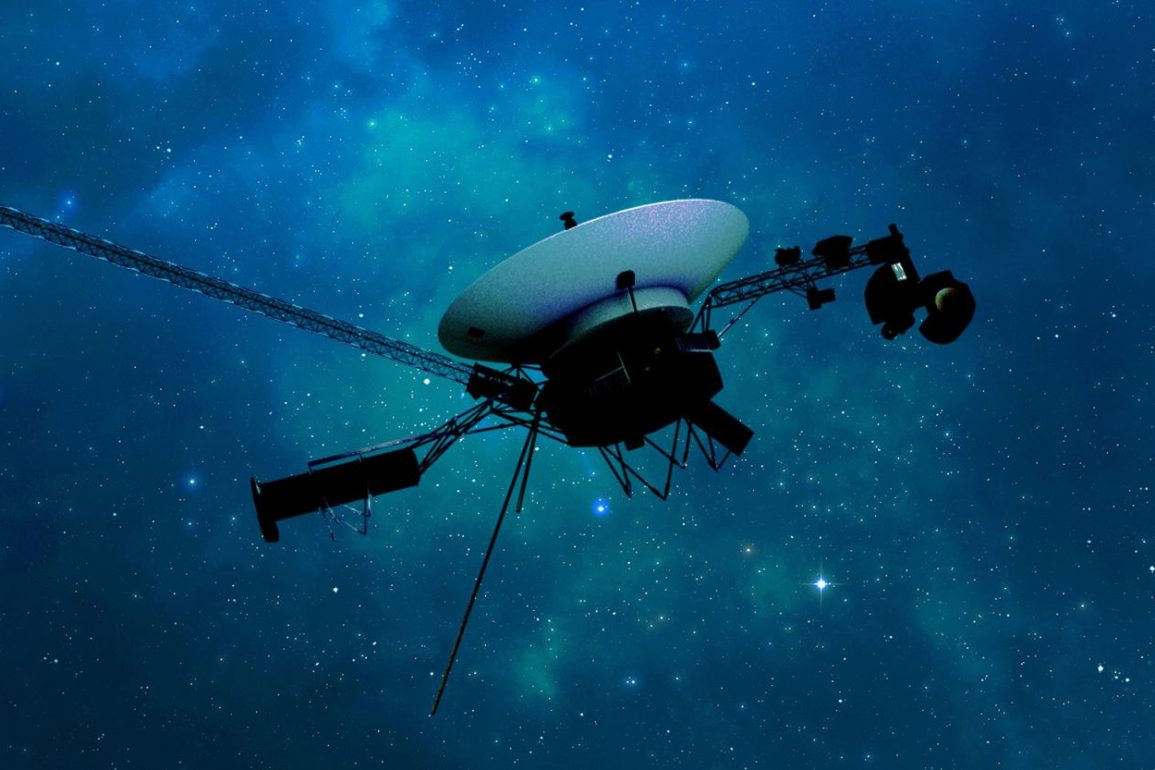NASA’s Voyager 1 spacecraft, nearly a light-day away from Earth, recently encountered a major communication issue. On October 16, controllers sent a command to activate a heater on the spacecraft, but Voyager 1 didn’t respond within the expected 46-hour window.
When contact was eventually re-established, the X-band downlink signal—Voyager’s primary communication link—was significantly weaker than expected, indicating the spacecraft had entered fault protection mode.
The following day, the situation worsened as Voyager 1 stopped communicating entirely, suggesting the fault protection systems disabled the X-band transmitter, switching communications to a low-power S-band downlink instead.
This sudden shift was alarming, as the S-band link had not been used since 1981 when Voyager 1 was still relatively close to Earth. With this weaker communication mode active, there were serious concerns that NASA’s Deep Space Network (DSN) might be unable to pick up the signal at all.
However, on October 22, controllers successfully detected the S-band signal and confirmed communication by sending a command to Voyager 1. While this has allowed engineers to send basic commands and receive engineering data, they have refrained from reactivating the X-band transmitter until they understand what triggered the fault protection mode.

For many Voyager followers, this latest issue feels a bit like watching an aging celebrity face new health challenges. Despite being well past its original mission parameters, Voyager 1 has continued to transmit valuable data from interstellar space, making each new communication problem a reminder of its fragile condition. NASA is handling the issue cautiously, preferring to analyze the problem thoroughly before taking further action, a testament to their commitment to extending Voyager’s mission as long as possible.
Currently, NASA’s primary goal is to determine what caused the fault protection system to activate initially. If it’s safe, restoring the X-band transmitter could revive Voyager’s primary communication mode, making it easier to manage and control the spacecraft. However, until engineers fully understand the fault, there’s a risk that reactivating the X-band could worsen the situation. This delicate balance highlights both the potential and the limitations facing Voyager as it continues its interstellar journey.
Despite the challenges, Voyager 1’s team remains hopeful, exploring every option to keep the spacecraft functioning. While the mission may be nearing its end, each additional day Voyager 1 transmits data contributes to its remarkable legacy as one of the most successful deep-space missions in history. In the meantime, those interested in the technical aspects of how Voyager communicates over vast distances can find resources explaining how NASA manages these signals across the solar system and beyond.

